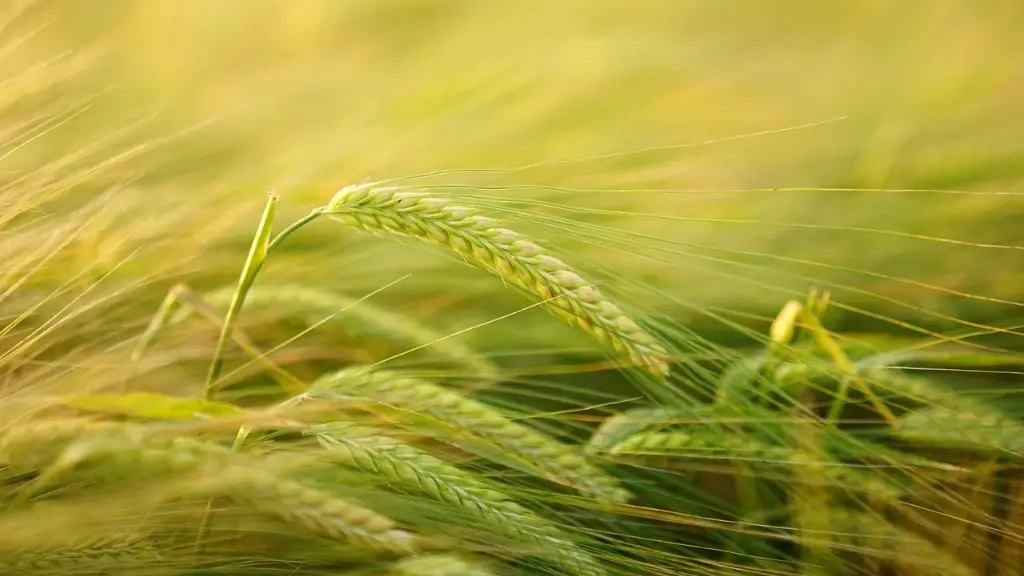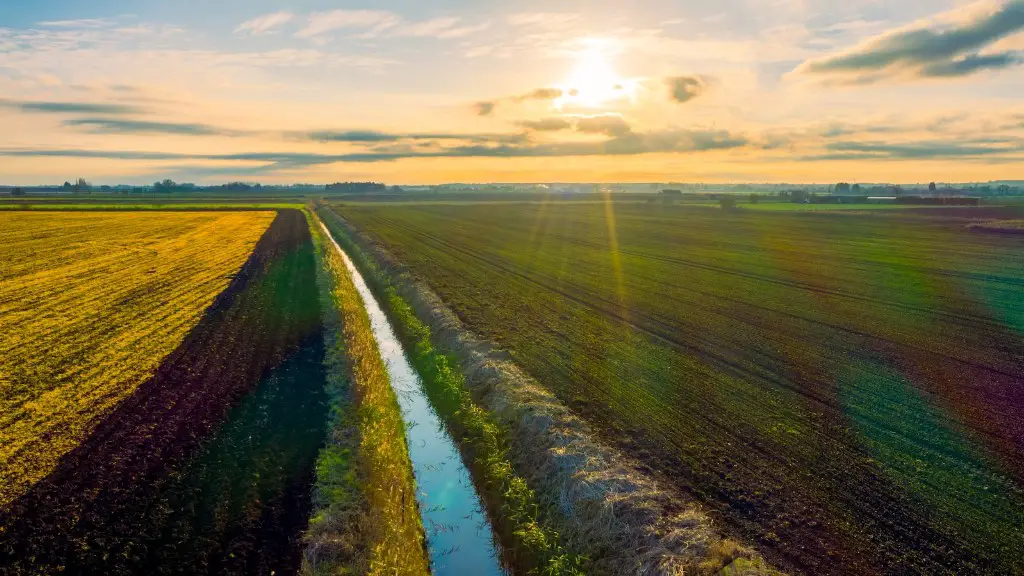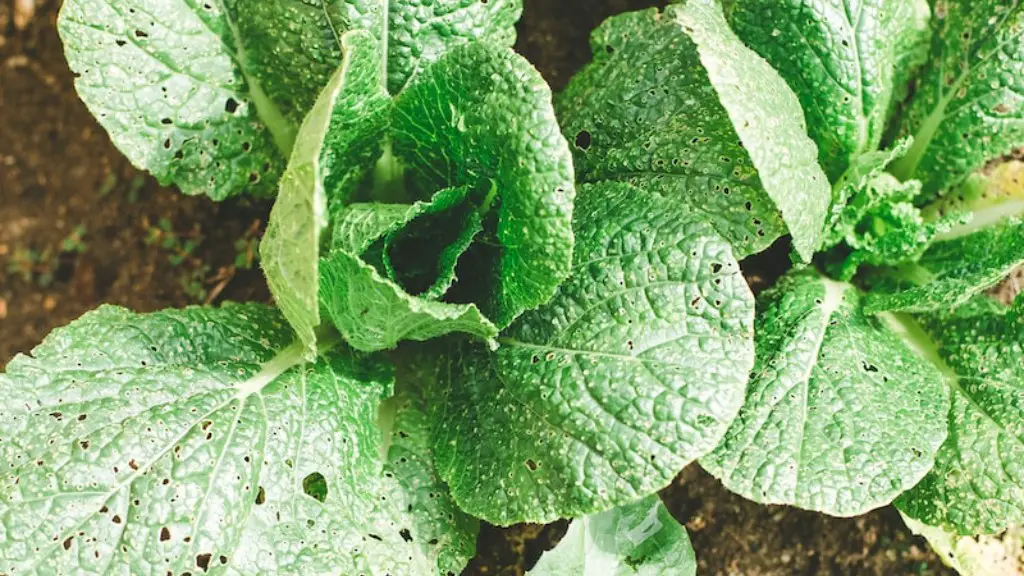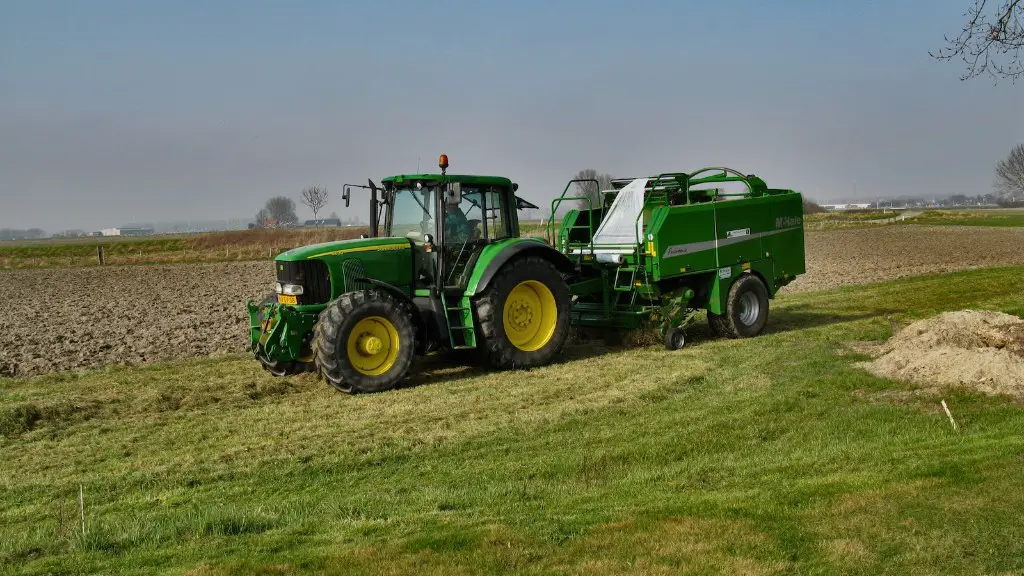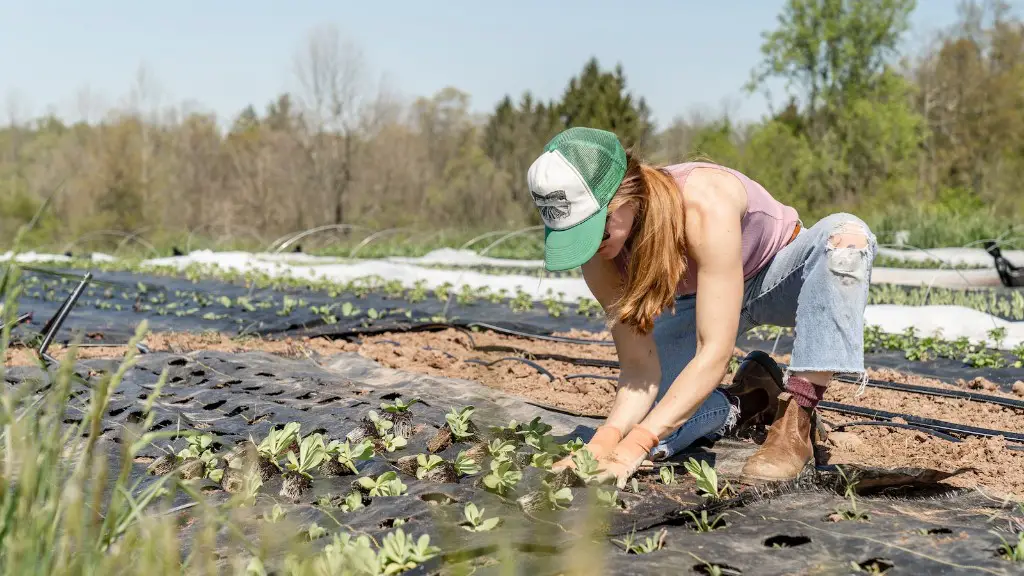A soil profile refers to the vertical section of the soil from the surface down to the bedrock. This section is a natural division of the soil that consists of different layers, each with its own physical and chemical properties. The soil profile is important in agriculture as it affects the way plants grow, the amount of water and nutrients that are available to them, and the rate at which water moves through the soil.
The soil profile is the natural layering of soils, with each layer having a different composition and set of properties. The uppermost layer is the surface horizon, which is the area where most plant roots are found. The subsoil horizon is the layer below the surface horizon and is typically composed of minerals and rock fragments. The subsoil horizon is often where most soil nutrients are found. The bedrock horizon is the layer below the subsoil horizon and is composed of solid rock.
What is the meaning of soil profile?
A soil profile is a vertical section of soil that allows you to examine the structure of soil. A soil profile is divided into layers called horizons. The main soil horizons are A, B, C and D. Most important for plant growth, the A and B horizons are the top two layers of the soil.
The five soil horizons are O, A, E, B, and C (R is used to denote bedrock). There is no set order for these horizons within a soil. Some soil profiles have an A-C combination, some have an O-E-B, an O-A-B, or just an O.
What are examples of soil profile
The O Horizon is the top layer of a soil profile and is composed of organic matter. This layer is thin in some soils and thick in others. It is made up of dead leaves, twigs, sticks, and fallen trees.
There are three main types of soil: sandy, clayey, and loamy. Each type of soil has a different texture and composition, which determines its properties and how well it supports plant growth.
Sandy soil is the lightest and most porous type of soil. It is made up of large, coarse particles that do not retain water well. This makes it well-drained but also dry and often nutrient-poor. Sandy soil is best suited for plants that don’t need a lot of water, such as cacti and succulents.
Clayey soil is the heaviest and most compact type of soil. It is made up of small, tightly-packed particles that retain water and nutrients well. However, this also makes it poorly-drained and often wet or waterlogged. Clayey soil is best suited for plants that thrive in moist conditions, such as ferns and mosses.
Loamy soil is a mix of sandy and clayey soil, with a moderate amount of both large and small particles. Loamy soil is well-drained and holds nutrients and moisture well. This makes it ideal for most plants, as it provides a good balance of drainage and moisture retention.
Why is soil profile important in agriculture?
The soil profile is a cross section of the different layers of soil. It can be used to determine the type of crop that can grow successfully on a particular area of land. The four main layers are the horizon A, horizon B, horizon C, and horizon D.
Loamy-textured soils are commonly described as medium textured with functionally-equal contributions of sand, silt, and clay. These medium-textured soils are often considered ideal for agriculture as they are easily cultivated by farmers and can be highly productive for crop growth. Loams are known for their high water-holding capacity and their ability to retain nutrients, making them ideal for agricultural use.
How do you determine soil profile?
A soil profile is a vertical section of the soil that is exposed by a soil pit. The layers of soil can easily be identified by the soil colour and size of soil particles.
The different layers of soil are:
Topsoil – This is the uppermost layer of the soil and is typically dark in colour. It is rich in organic matter and nutrients, and is where most plants roots grow.
Subsoil – This is the layer of soil below the topsoil. It is typically lighter in colour and contains less organic matter and nutrients.
Parent rock – This is the layer of bedrock that is found at the bottom of the soil profile.
The soil profile can broadly be divided into five horizons: O-horizon, A-horizon, B-horizon, C-horizon and R-horizon. The A and B horizons together form the true soil or solum.
What is the importance of soil profile
Minerals play a vital role in plant growth and development. They are essential for several metabolic processes, including photosynthesis, respiration, and transportation of nutrients within the plant. Most minerals are obtained from the soil, where they are taken up by the roots. Soil fertility depends on several factors, including the presence of essential minerals.
Mineral deficiencies can lead to stunted growth, reduced yield, and poor plant health. In extreme cases, death may occur. Regular soil testing can help to identify mineral deficiencies and amend the soil accordingly. Adding organic matter to the soil can also help to improve mineral uptake by plants.
Soils are named and classified based on their horizons. The soil profile has four distinct layers: 1) O horizon; 2) A horizon; 3) B horizon, or subsoil; and 4) C horizon, or soil base. The O horizon has freshly decomposing organic matter—humus—at its surface, with decomposed vegetation at its base. The A horizon is the uppermost mineral layer and is typically darkest in color because of the presence of organic matter. The B horizon is the lower mineral layer and is typically lighter in color. The C horizon is the unweathered bedrock layer.
What are the characteristics of soil profile?
Soil profiles are essential in understanding the different characteristics of soils. By studying the soil profile, one can learn about the different horizons present in soils and the processes that have formed them.
The study of soil profiles is important for understanding the characteristics of soils and how they change over time. Soil cores or augers can be used to extract a cylinder of soil for study, and this can provide valuable information on the structure and properties of the soil.
What are three important factors that affect soil profile
Soil is formed by the interaction of five main factors: parent material, climate, biota, topography and time.
Parent material is the original rock or sediment from which the soil forms. This can be modified by weathering, which breaks down the rock or sediment into smaller particles. Climate influences the rate of weathering, as well as the amount of water and organic matter available for soil formation.
Biota includes all the living organisms in the soil, from bacteria and fungi to invertebrates and plants. They help to break down organic matter and help to bind soil particles together. Topography affects the amount of sunlight, drainage and aeration the soil receives, which in turn affects the types of plants that can grow there.
Time is also a factor in soil formation, as the longer the soil has been forming, the more time there is for weathering, biotic activity and soil development.
The soil profile is the key to understanding the characteristics and qualities of a particular piece of land. It reveals the depth, texture, structure, drainage conditions and soil-moisture relationships of the surface and subsurface, all of which directly affect plant growth. A thorough understanding of the soil profile is therefore essential for any serious attempt at crop husbandry.
How does soil profile affect soil fertility?
It is important to be aware of the physical properties of soil that can affect fertility. Soil structure, for example, can affect the amount of water that can move through it, as well as the root penetration. Soil texture, on the other hand, can affect how well water can be retained or drained from it. Both of these factors can ultimately influence the fertility of the soil.
Loam is the most arable soil for most crops because it is 40% sand, 40% silt, and 20% clay. This combination of sand, silt, and clay makes Loam very fertile and easy to till, which is why it is the preferred soil type for most farmers.
Conclusion
A soil profile is a vertical section of soil that shows the different layers of soil.
A soil profile is the cross section of the soil that shows the various layers of the soil. These layers are important in agriculture as they provide support and nutrients for plants. The soil profile is also important in determining the best management practices for agricultural purposes.
